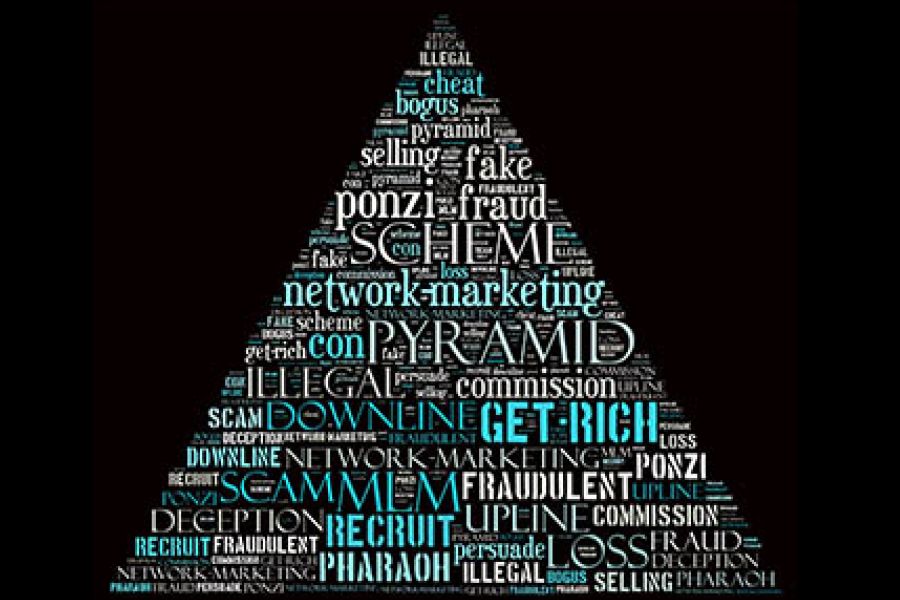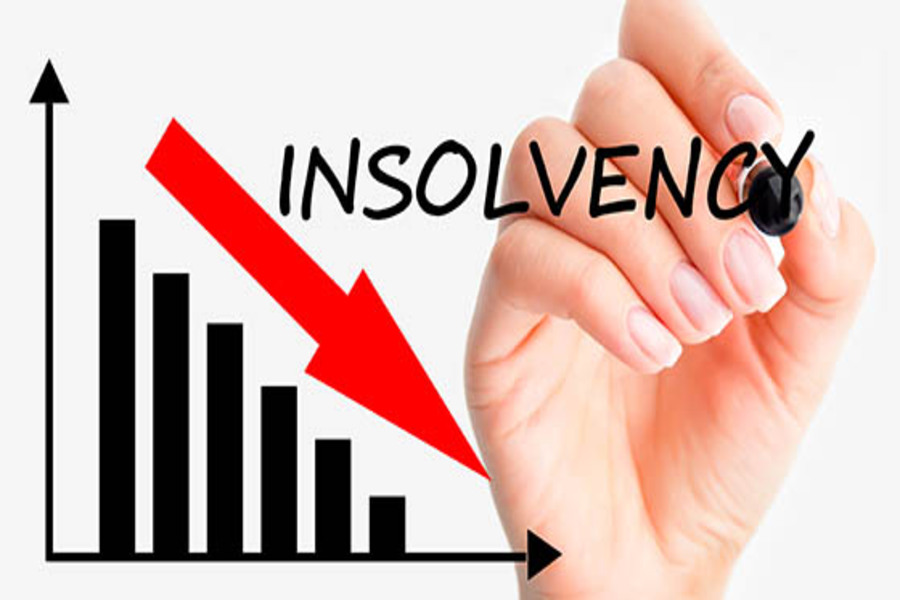The “investment opportunity” someone just pitched could be a legitimate way to get in on the ground floor of a soon-to-be profitable business. However, it could also be a pyramid, Ponzi or similar fraudulent multi-level marketing scheme. How can you tell the difference between a real investment and a scam? Don’t get scammed Pyramid schemes can be relatively straightforward, such as recruiting people to sell vitamins or cleaning supplies and recruiting family and friends to also sell the products. Or they can take the form of extremely complicated swindles that offer no actual product or service. But in general, both simple and complex schemes are sustained by constantly recruiting new participants rather than earning a return on the actual sale of the products. One lucrative scam involved a...

If customers report fraud or suspicious charges on their accounts, what might seem like a challenge can actually be an opportunity for your business. Handle these disputes efficiently and you can regain — and even strengthen — customer loyalty. The alternative: angry customers, damage to your reputation and financial losses. Your customer dispute resolution processes should move quickly to get to the bottom of possible fraudulent activity. For results that satisfy your customer and benefit your business, follow these eight best practices: Publicize your processes. Post clear and easily accessible information on your website, social media accounts and other communication channels detailing how customers can report suspected fraud on their accounts. These notices should include contact details, any relevant forms or documentation required and steps in the...
Ask any business owner whose company has been defrauded by an employee, and you’ll probably hear a common refrain: “I never would have suspected that person!” In many cases, spotting fraud perpetrators before they commit a crime is difficult, especially if you don’t work closely with them on a daily basis. But many fraudsters exhibit performance and interpersonal behaviors that can tip off owners, managers and HR professionals to more serious issues. Overt and subtle signs According to the 2022 Association of Certified Fraud Examiners’ (ACFE’s) occupational fraud study, A Report to the Nations, the vast majority of occupational fraud perpetrators have no previous criminal record. However, in 8% of cases, perpetrators have been terminated from a previous position and 9% have been disciplined by an employer. The ACFE...
According to various sources, around 10% of all insurance claims involve fraud. Insurance companies generally pass along the cost of these fraud losses to policyholders in the form of higher premiums. Unfortunately, small businesses, which are generally less able to pay premium hikes, are particularly vulnerable to insurance fraud. To protect your company from losses and minimize the likelihood of increased premiums, learn how to identify insurance fraud. Areas of concern There are several forms of insurance fraud that could potentially affect your business: Workers’ compensation. In these schemes, an employee exaggerates or fabricates an injury or illness to receive workers’ compensation benefits. For example, a worker could mischaracterize an injury from a minor accident as serious or claim that an existing, non-work-related condition was the result of...
Are you worried your business won’t receive what a liquidating creditor owes it? In most cases, liquidating companies come by their financially distressed situations honestly. But there’s always a chance that a debtor has made fraudulent transfers or taken other steps to hide assets from creditors. A solvency expert can help you and your legal counsel determine whether a liquidating business is capable of meeting its interest and repayment obligations. How experts test the balance sheet Solvency experts consider many issues when examining a business. But ultimately, the outcome of three tests enable an expert to determine solvency. The first is to assess the business’s balance sheet. At the time of the transaction at issue, did the debtor company’s asset value exceed its liability value? Assets are generally...
For many retailers, January isn’t just the first month of the year: It’s “return season,” when customers bring back their unwanted holiday gifts for refunds or exchanges. Return season can be fraught for businesses if, for example, a higher percentage of gifts are returned than stores expect. According to the National Retail Association, consumers are expected to have returned more than $816 billion of merchandise (almost 17% of goods sold) in 2022. Another major risk is retail return fraud. This is when customers trick stores into issuing illegitimate refunds. If you’re in retail, you must be proactive to discourage these schemes. Cash transactions Return fraud perpetrators could be customers, employees or even a criminal gang working with employee accomplices. In perhaps the most common scheme, an individual steals...
The biannual Association of Certified Fraud Examiners “Report to the Nations” has repeatedly concluded that the longer fraud schemes remain undetected, the greater the losses for the victimized organizations. According to the 2022 report, the average fraud lasts 12 months and leads to a median loss of $117,000. But schemes that last 25 to 36 months result in a median loss of $300,000, and if fraudsters are able to conceal their theft for five years, the median loss rises to $800,000. Fortunately, advancements in artificial intelligence (AI) and machine learning (ML) have changed the landscape of fraud detection — and shortened the lifespan of fraud schemes. What do these terms mean, and how does the technology help organizations fight fraud? Explaining the technologies AI simulates human intelligence and...
Checkster, a reference checking company, has found that 78% of job candidates either misrepresent or consider misrepresenting themselves during the hiring process. And a survey by career advice company ResumeLab reveals that 56% of applicants either lied or “stretched the truth” in recent interviews. Findings of other studies vary, but the takeaway is generally consistent: Don’t assume résumé claims or interview answers are truthful. Verify applicant representations and consider performing formal background checks. Why it matters Some job candidate misrepresentations are relatively benign. A Monster “Future of Work” study finds that many applicants (60%) say they’ve mastered a skill when, in reality, their knowledge is basic. A beginner level Excel user may claim mastery in the software, but if the job calls for little or no Excel...
Middle-market businesses lose an average of almost $300,000 annually to invoice fraud, according to a recent survey by software company Medius and researcher Censuswide. Invoice fraud can be challenging to spot — and even more difficult to recover from — but your company can take steps to prevent it from happening. Common types The most common type of invoice fraud is fraudulent billing. In billing schemes, a real or fake vendor sends an invoice for goods or services that the business never received (and may not have ordered in the first place). Overbilling schemes are similar. Your company may have received goods it ordered, but the vendor’s invoice is higher than agreed upon. Duplicate billing is where a fraud perpetrator sends you the same invoice more than...
When new technologies emerge, it can take time for the general public to learn how they work. Non-fungible tokens, or NFTs, first appeared in 2014, yet many people are still confused about what they are and how to buy and store them. This gives criminals who understand the technology an advantage. In addition to money laundering, tax evasion and terrorist funding, NFTs are being used to commit fraud and steal from unsuspecting asset buyers. For example, more than $100 million in NFTs was stolen between July 2021 and July 2022, according to analytics company Elliptic. Snapshot view In their simplest form, NFTs are immutable digital assets — often related to art, sports, music, digital culture and avatars — linked to the blockchain, the digital ledger used to...











